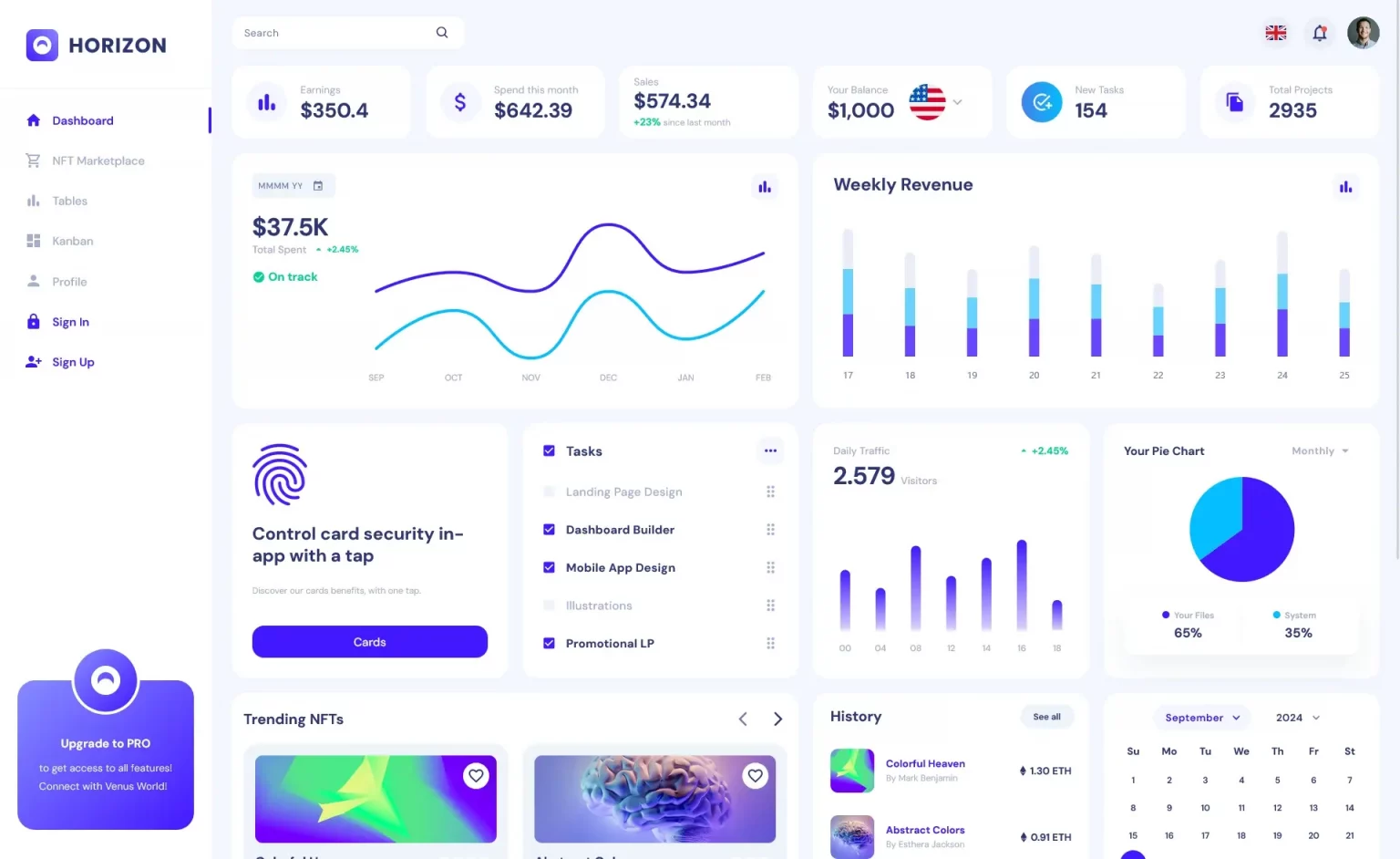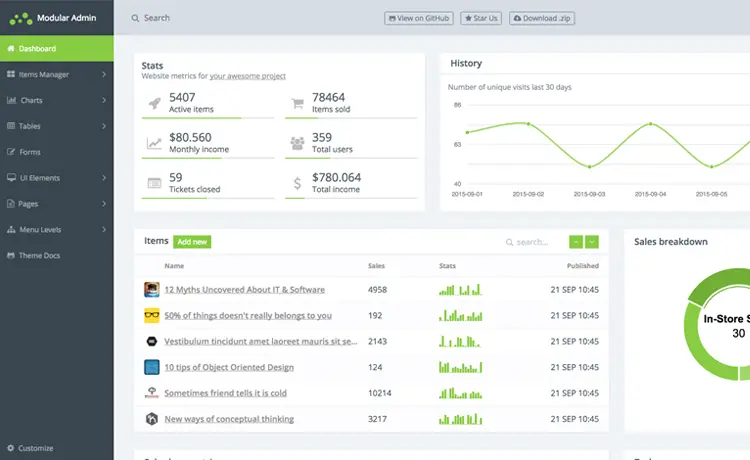Creating a Database and Table in EF Core
By Tan Lee Published on Feb 06, 2025 346
In this guide, I'll demonstrate how to use EF Core to create a database with a table. We will also explore how to insert a record into the database via a simple console application.
1. Install EF Core NuGet Packages
To begin, you need to install the required EF Core packages.
Install-Package Microsoft.EntityFrameworkCore.SqlServer Install-Package Microsoft.EntityFrameworkCore.Design
This will add the following to your csproj file:
<ItemGroup>
<PackageReference Include="Microsoft.EntityFrameworkCore.SqlServer" Version="5.0.4" />
<PackageReference Include="Microsoft.EntityFrameworkCore.Design" Version="5.0.4" />
</ItemGroup>2. Install the dotnet-ef Tool
To work with migrations, install the dotnet ef tool globally.
dotnet tool install --global dotnet-ef
3. Create the Book Model
In EF Core, a model represents a table in the database.
We will create a Book model for the Books table.
using System.ComponentModel.DataAnnotations;
public class Book
{
[Key]
public int Id { get; set; }
[Required]
[MaxLength(255)]
public string Title { get; set; }
[Required]
public string Author { get; set; }
[Required]
public int PublishedYear { get; set; }
public string Genre { get; set; }
}4. Create the DbContext Class
The DbContext class in EF Core is used to map the models to the database tables.
Here, we create a LibraryContext for our Book model.
using Microsoft.EntityFrameworkCore;
public class LibraryContext : DbContext
{
private readonly string _connectionString;
public LibraryContext(string connectionString)
{
_connectionString = connectionString;
}
protected override void OnConfiguring(DbContextOptionsBuilder optionsBuilder)
{
optionsBuilder.UseSqlServer(_connectionString);
}
public DbSet<Book> Books { get; set; }
}5. Add Connection String
To keep the connection string secure, you can add it to your appsettings.json file.
{
"ConnectionStrings": {
"Default": "Server=SQL_SERVER_INSTANCE;Database=LibraryDb;Integrated Security=True"
}
}6. Create a Design-Time Context Factory
To run migrations, EF Core needs a parameterless DbContext class. If it can't find one, it will search for an IDesignTimeDbContextFactory.
using Microsoft.EntityFrameworkCore.Design;
using Microsoft.Extensions.Configuration;
public class DesignTimeContextFactory : IDesignTimeDbContextFactory<LibraryContext>
{
public LibraryContext CreateDbContext(string[] args)
{
var config = new ConfigurationBuilder()
.SetBasePath(AppDomain.CurrentDomain.BaseDirectory)
.AddJsonFile("appsettings.json")
.Build();
var connectionString = config.GetConnectionString("Default");
return new LibraryContext(connectionString);
}
}7. Add a Migration
Now, you need to create a migration to define the initial version of the database.
dotnet ef migrations add InitialCreate
This will create migration files under the /Migrations/ directory, including:
20230201093500_InitialCreate.cs20230201093500_InitialCreate.Designer.csLibraryContextModelSnapshot.cs
8. Apply the Migration
Once you have the migration, you can apply it to the database using one of two options:
Option 1: Apply Migration with dotnet ef
Run the following command to apply the migration:
dotnet ef database update
Option 2: Apply Migration Programmatically
You can also apply the migration in code, using context.Database.Migrate():
using (var context = new LibraryContext(connectionString))
{
context.Database.Migrate();
}9. Use the Database
Now that your database is set up, you can start using it!
For example, how you can insert a new record into the Books table:
var config = new ConfigurationBuilder()
.SetBasePath(AppDomain.CurrentDomain.BaseDirectory)
.AddJsonFile("appsettings.json")
.AddUserSecrets<Program>()
.Build();
string connectionString = config.GetConnectionString("Default");
using (var context = new LibraryContext(connectionString))
{
context.Database.Migrate();
context.Add(new Book
{
Title = "1984",
Author = "George Orwell",
PublishedYear = 1949,
Genre = "Dystopian"
});
context.SaveChanges();
}You should now see the new book record inserted into the Books table in the database.
With these steps, you’ve successfully created a database with EF Core, defined a Book model, created the necessary migrations, and inserted a record.
- SqlException: Cannot insert explicit value for identity column
- How to add a computed column in EF Core
- Applying Migrations Programmatically in EF Core
- Database Schema Modifications in EF Core
- Adding a Computed Column in EF Core
- Inheritance Mapping in EF Core
- Adding a Foreign Key in EF Core
- How to create a composite primary key in EF Core





